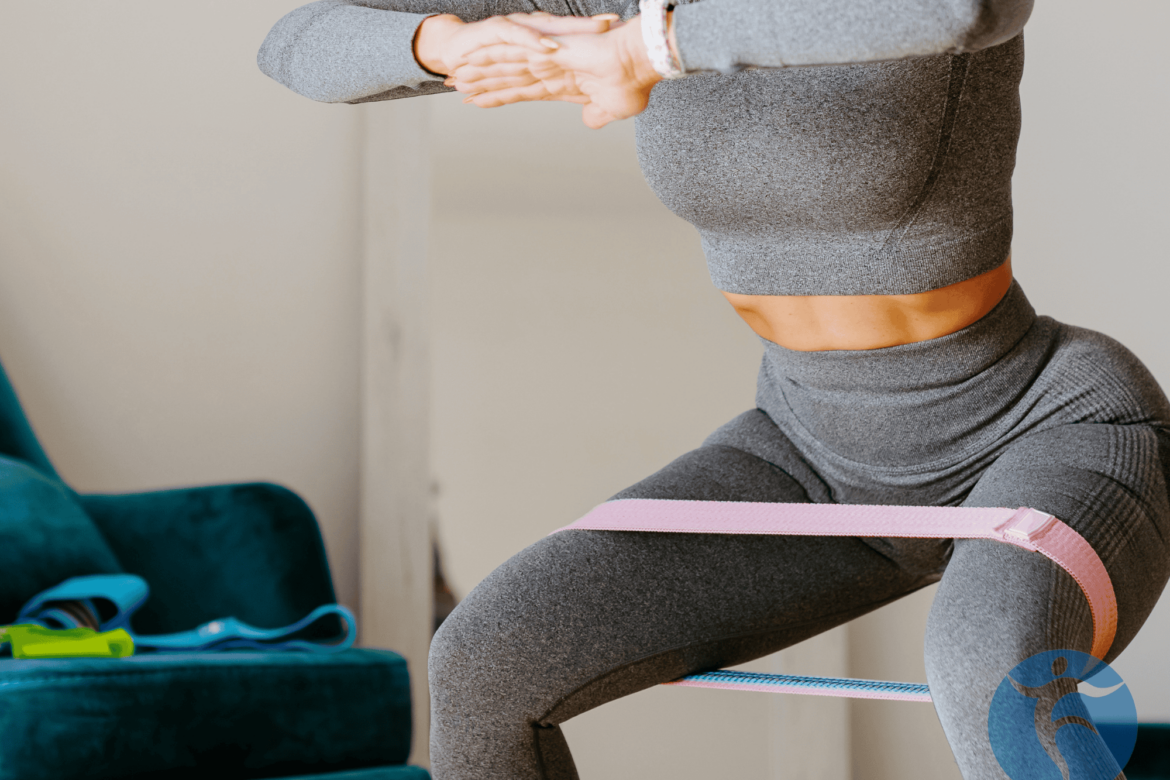Can my butt make my knees feel good?
The gluteus maximus is one of the largest and strongest muscles in the body and is used for climbing stairs, sitting erect in a chair, and Kim Kardashian’s fame. However, two other muscles make up your posterior chain that are often overlooked; the gluteus minimus and medius. These muscles stabilize the pelvis and abduction as you stand and walk. The strength of these muscles, or lack thereof, has been shown to have a significant impact on several knee pathologies and injuries per an Abstract published by Powers in 2010. The question stands, can my butt make my knees feel good?
Why does it matter?
Why such an impact? It is all about the alignment of the leg each time you walk, run, or stand. If your leg is at an increased angle, it will produce more “load” on the knee. This may increase the risk of injury. Using a diagnostic tool called an EMG, clinicians can measure the timing, strength, and duration of muscle contraction. Reviewing this data, Barton et al confirmed the role of gluteal muscles in pulling the leg and knee joints into the correct alignment. This weakness in the hip muscles is found to have a strong correlation with knee pain in women. That is according to a review by Prins and van def Wurff (2009). Additionally, as you fatigue, weaker muscles will fail first. It results in a more compromised gait as you progress in your activity.
“Runners with PFPS displayed weaker hip abductor muscles that were associated with an increase in hip adduction during running. This relationship became more pronounced at the end of the run.” Dierks Et Al
Moving Forward
You might be thinking. “I run all the time; I bike 100 miles a week; heck my butt even looks good in spandex!” However, all those activities happen in the sagittal plane (straight forward). Those movements do not effectively develop the glute medius or minimus muscles, resulting in weakness in hip abductors and extensors. The good news is that Mascal et al found in a case study that through simple, consistent strengthening exercises, patients were able to significantly increase gluteal strength and reduce Patella Femoral pain (Runners Knee).
How do you develop these muscles with names that will help you win a game of Scrabble? The first step is to consult a physician or contact Freedom Physical Therapy Services. It is human nature to focus on the part of the body that hurts and treat that area, but as we learned in that classic elementary school tune, “the hip bone is connected to the leg bone, and the leg bone is connected to the knee bone.”
The purpose of this post is educational and since there are many reasons for knee pain only your healthcare professional can create an exercise plan that is appropriate for your knee pain.

